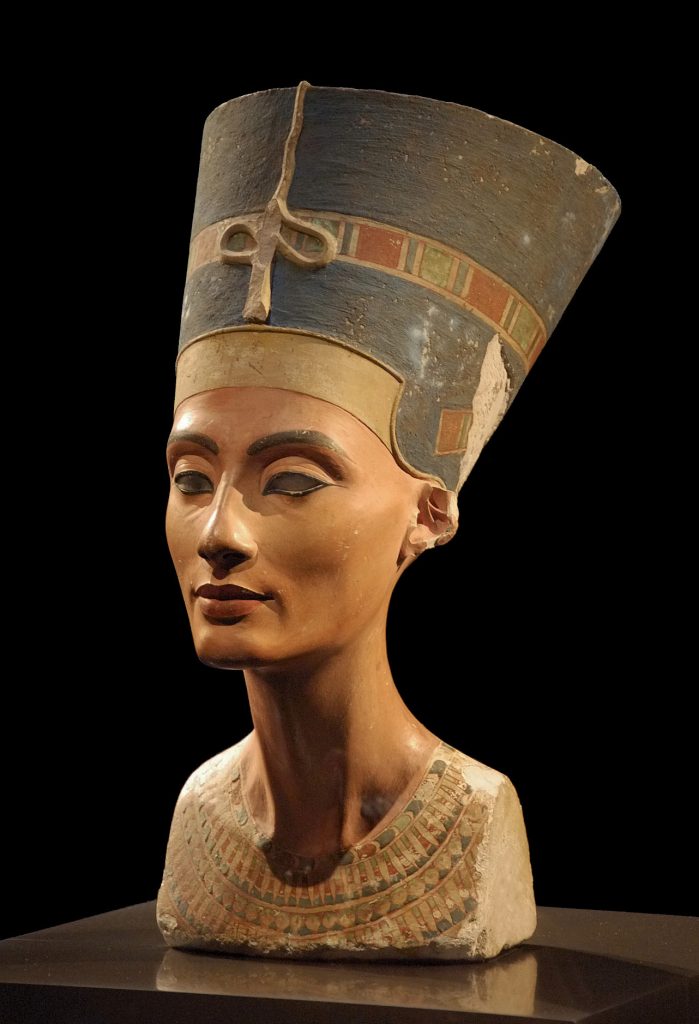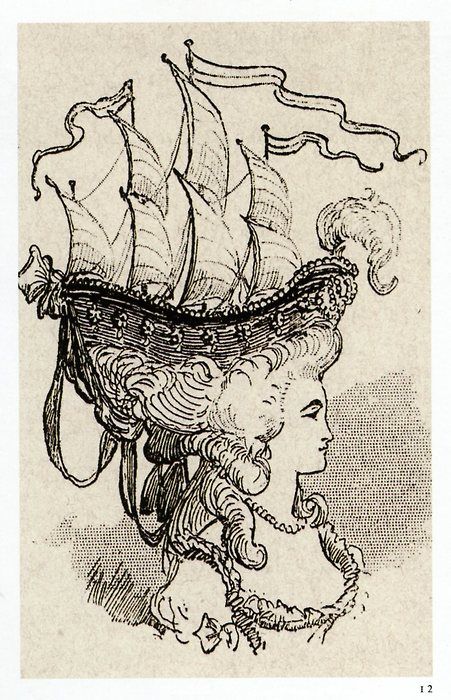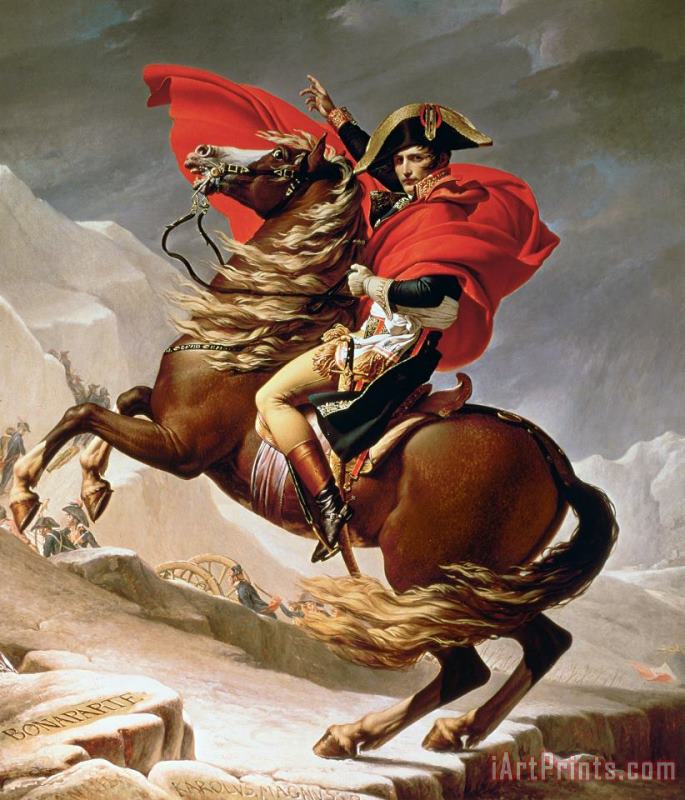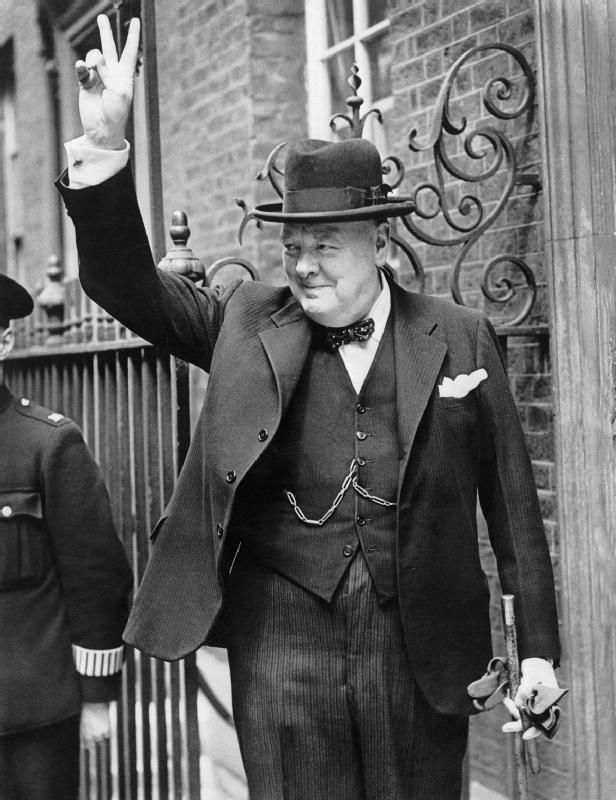Wonderland Look-Alikes: Some of the People Lewis Carroll Got Wrong
Princess Alyss Heart’s history was a bloody tale, full of power and terror and even a glowing glimmer of hope. When Charles Lutwidge Dodgson (a.k.a. Lewis Carroll) heard the harrowing story, he was full of good intentions. Jotting down her story he tried to help the troubled foundling, adopted by his dear friends, to adjust to her own childhood in Victorian England.
The writer did his best, crafting a story of whimsy that amused children and adults alike—however, they did not amuse Alice Liddell (as she had become accustomed to calling herself over the years since departing the adventures in Wonderland). The familiar faces of her childhood were warped, the truth obscured.
These are the facts behind Lewis Carroll’s fabrications:
Bibwit Harte (The White Rabbit)
Bibwit, like so many others, figured prominently in the stories Princess Alyss Heart imparted to Charles Dodgson thus resulting in his being written into the book as the character of the White Rabbit in Alice’s Adventures Underground. He became this particular character because his name could be anagrammed to spell: “White Rabbit.”
An imperious, but loving 6-foot-tall albino with pale green veins that pulse beneath his alabaster skin, Bibwit is known for his excellent hearing, swift body and razor wit. He is also fond of conversing with others and is often fond chatting with anyone who will take the time to listen, including the flowers that populate the palace grounds.
Trained in the Tutor Corps in the tradition of his kind, Bibwit was head of his class, excelling in everything he set his mind to. Though his people act as great conveyors of knowledge, they lack the ability to utilize the magic of Imagination themselves—and so excel as instructors. Becoming the Royal Tutor to the Queens of Wonderland was an honor bestowed on Bibwit for his unparalleled grasp of the principles of Light Imagination.
Capable of doing six things at once, Bibwit can often predict what the Queen will say and always follows orders to the letter. His sensitivity, however, makes him fragile physically and emotionally. As he takes pride in the triumphs of those he has trained, so to does he take their failures to heart and look for the fault within himself.
Such is the case when Rose Heart, the princess who would one day be disowned and become Redd (The Red Queen), begins to tread upon those darker paths, turning her back on light imagination and committing fully to the path of dark imagination. In the years following her exile, Bibwit often blamed himself for failing her, attributing her fall to a failure in her education.
Bibwit would have tutored Princess Alyss as he did for her mother Queen Genevieve (The White Queen) had Redd’s coup not ousted the Princess from Wonderland. Though he obeyed Redd during her terrible reign, he did so only to maintain a place in her court— while funneling information back to the Alyssian resistance.
Upon Alyss’ return to Wonderland, Bibwit will be among her closest allies. Resuming her education, the Royal Tutor will assist Alyss in preparing to navigate her Looking Glass Maze.
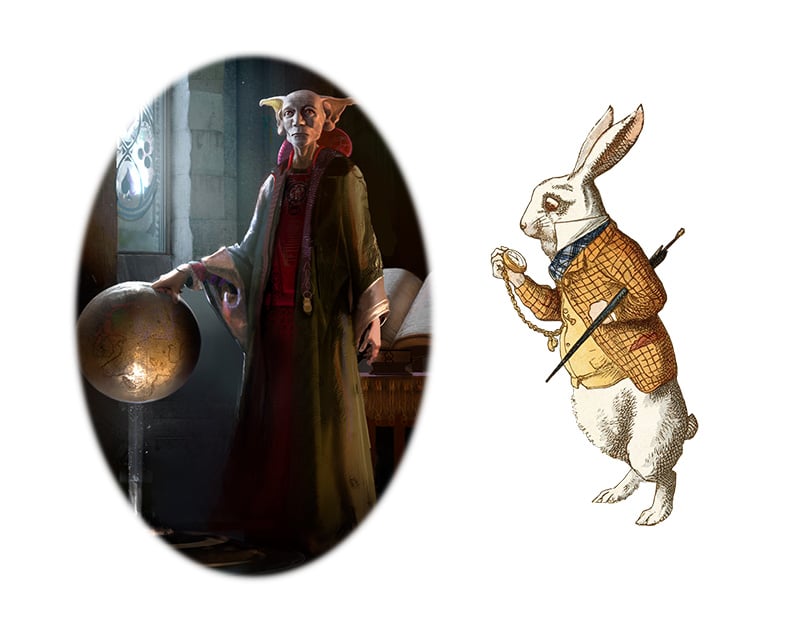
General Doppelgänger (Tweedle Dee & Tweedle Dum)
The Commander of the Royal Army, General Doppelgänger is made up of two people, Doppel and Gänger, whose natural state is to reside within one body. The able warrior distinguished himself in the war between Genevieve and Redd for the throne, becoming a close compatriot of The White Queen.
Through much of Wonderland’s history the condition suffered by General Doppelgänger was considered purely mental, a split personality disorder. That is until a pioneering physician found a way to unravel the afflicted person into two (or more) distinct people.
This clarified the problem but was an imperfect solution as many of the twins, once disentwined, became traumatized. The true breakthrough came a generation later, when a method was devised which allowed the twins to be either one singular being or separated into two or more beings at will.
As Alyss told Lewis Carroll of her mother’s loyal servant that could split in two, the author took liberties to contain the martial nature of Wonderland’s leading military mind into the farcical Tweedledee and Tweedledum (thanks to a little help from the poetry he was constantly consuming).
The truth of the matter is the General was one of the few present at Redd’s attack on Heart Palace to escape the palace with both their lives and their freedom that day, alongside a handful of chessmen and the traumatized Dodge Anders.
Together the beaten and grieving group made their way into the Everlasting Forest and over the following weeks, General Doppelgänger would work alongside these forces and the others who fled Wondertropolis to establish the Alyssians. Named for the lost princess that all assumed dead, the rebels dared to strike back at Redd Heart.
At the height of their activities, the Alyssian forces struck out at strategic locations striving to right the worst of the wrongs committed by Redd. However, as the years of tyranny mount, the strength of the rebels begins to wane, creating a dire situation at the time of Alyss’ return.
With the rightful heir returned to Wonderland, General Doppelgänger is unflinchingly prepared to oust Redd from the throne.
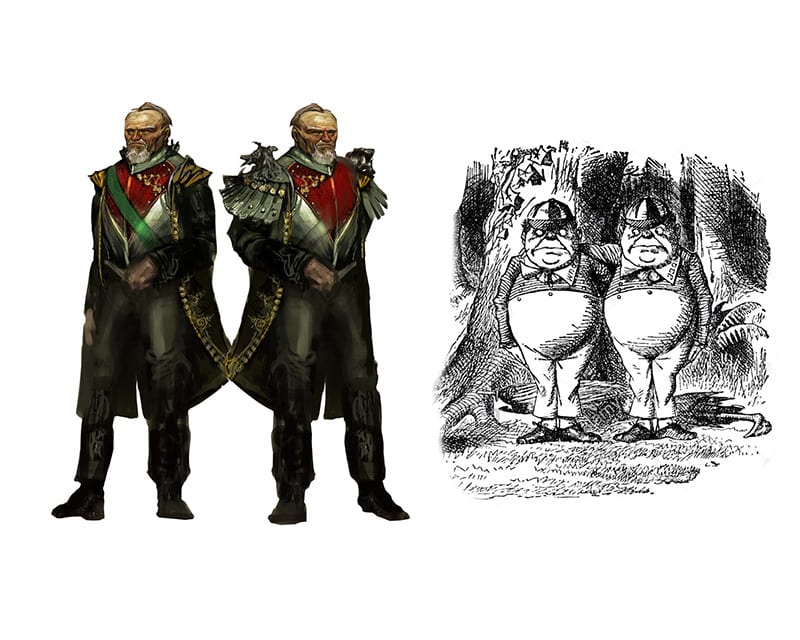
Frog Messengers
Though being a rather humble member of the Royal Court in Wonderland, with what most could call a “simple” job— the Frog Messenger is insultingly misrepresented as “the Frog Footman” in Alice’s Adventures in Wonderland.
While the character in Lewis Carroll’s children’s tale sits with an invitation undelivered for days, to royalty no less, the Frog Messengers of Wonderland would never delay in carrying out their courier duties. They would also have you know a Frog Messenger would never tangle their wigs with the Fish Footman—because everyone knows Fish Footmen do not wear wigs!

The Walrus
A butler at Heart Palace whose uniform is a tuxedo jacket two sizes too small. He’s a servant—first of Genevieve, then Redd; a comic figure whose helpless innocence and good wishes for all endear him to anyone he meets (except maybe Redd and her vicious servant known, wrongly, to some as the Cheshire Cat).
He carries a pouch of dust around the palace, sprinkling dust on objects and surfaces as needed—Wonderland’s version of our household chore known as “dusting.” When nervous or worried, the Walrus tends to overcompensate by, bringing endless supplies of refreshments.
How Lewis Carroll could twist the selfless servant of the ruling family is beyond Alyss. While the character in The Walrus and Carpenter poem within the absurd book is a glutton for oysters, the Princess could not recall at any time seeing the Walrus consume even so much as a tarty tart. Surly the sweet creature did eat, but never in sight of anyone.
After surviving, and escaping, Redd’s oppression on Mt. Isolation the Walrus will hold the honor of being the first to call Alyss “Queen” after she successfully navigates her Looking Glass Maze.

